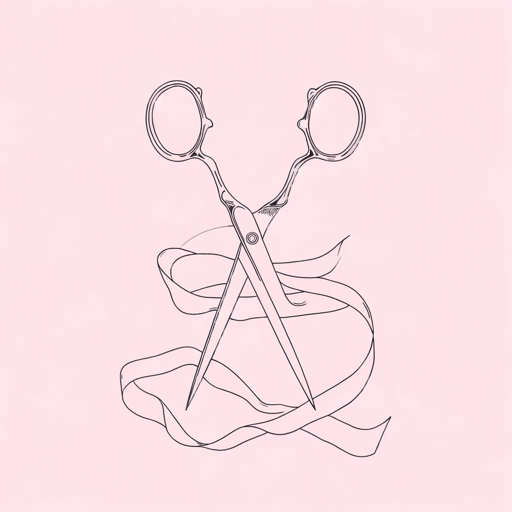61 pages • 2 hours read
Kalynn BayronCinderella is Dead
Fiction | Novel | YA | Published in 2020A modern alternative to SparkNotes and CliffsNotes, SuperSummary offers high-quality Study Guides with detailed chapter summaries and analysis of major themes, characters, and more.
Themes
Weaponizing and Challenging Gender Roles
In Cinderella Is Dead, the Cinderella story is used to justify rigid gender roles—specifically, a subservient position for women. This patriarchal system harms all women in Mersailles, but it especially harms women like Sophia, who are “different” (a lesbian). As soon as a girl turns 16, she is forced to attend an annual ball until claimed by a man; unclaimed women at 18 are forfeit (which means death or imprisonment). Under the threat of death, girls are pushed to see each other as competition for men’s attention, making solidarity difficult. Additionally, the patriarchal system harms men who are gay, such as Luke and his former boyfriend Louis, as well as other men, who are forced to sell their daughters off to the highest bidder or otherwise risk being killed. In other words, patriarchy as a system harms not just women but everyone. The same system is responsible for sexism, anti-gay bias, and classism (against those who can’t afford fancy ball gowns, like Liv).
King Manford’s version of patriarchy is extreme, but it’s nothing that hasn’t existed in the world before. Laws like banning “unsanctioned” unions (in the novel’s case, unions outside of those arranged at the annual ball) and not allowing women to have jobs or weapons were enacted in various countries throughout history.
Featured Collections
Books on Justice & Injustice
View Collection
Books that Feature the Theme of...
View Collection
BookTok Books
View Collection
Diverse Voices (High School)
View Collection
Good & Evil
View Collection
LGBTQ Literature
View Collection
Popular Study Guides
View Collection
Pride Month Reads
View Collection
Romance
View Collection
Truth & Lies
View Collection


